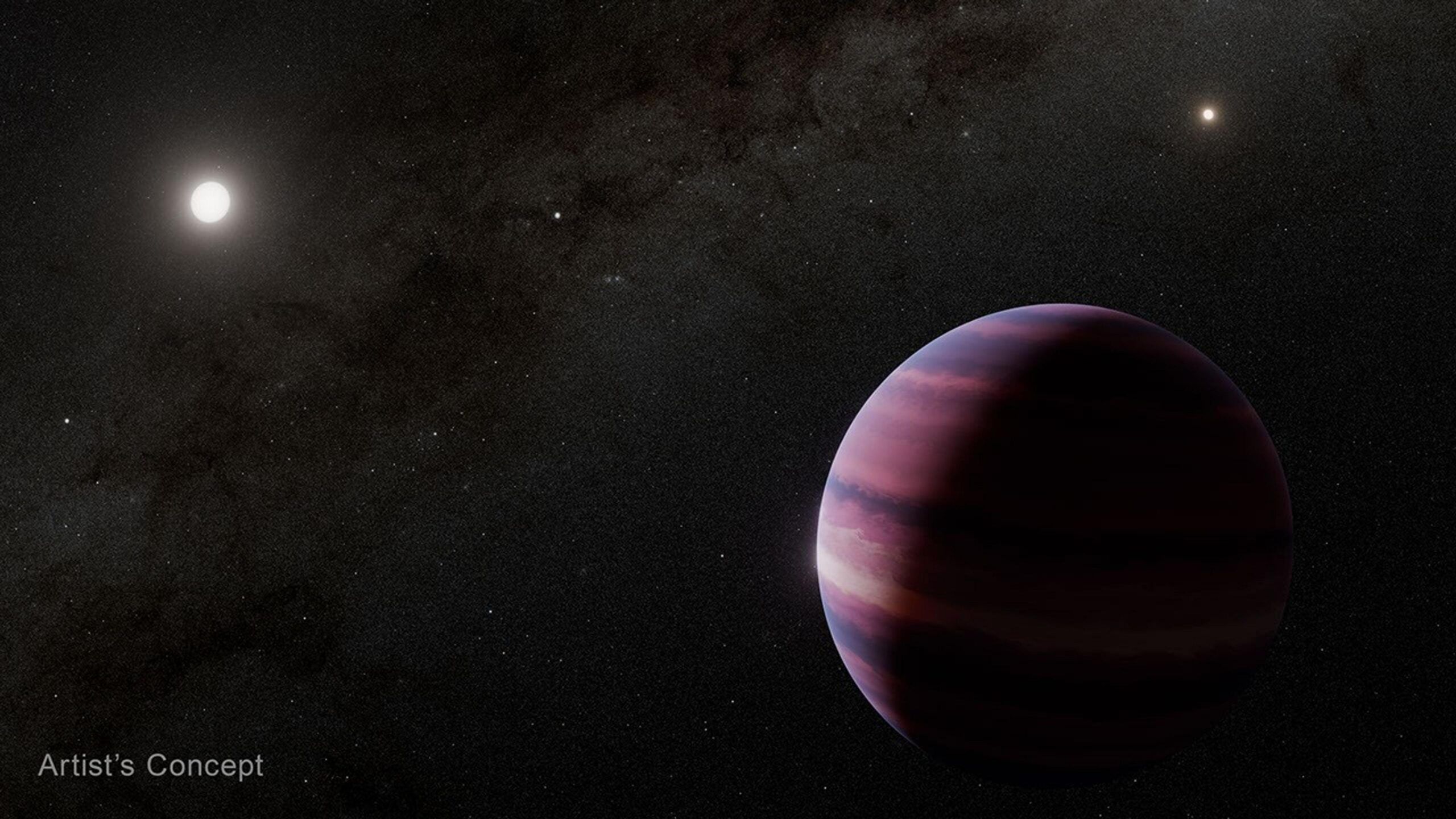Astronomers have detected signs of a potential gas giant planet orbiting Alpha Centauri A, located 4.3 light-years from Earth and known as the closest Sun-like star. The observation, made using the James Webb Space Telescope, remains unconfirmed and requires further study.
A Candidate in the Outer Habitable Zone
Alpha Centauri A is part of a triple-star system with Alpha Centauri B and Proxima Centauri. Preliminary data suggest that the planet has a mass similar to Saturn and a radius comparable to Jupiter. It appears to orbit at the outer edge of the habitable zone, with estimated temperatures between -40 and -50 degrees Fahrenheit, though its eccentric orbit could occasionally bring it closer to its star, creating warmer periods.
Potential for Moons
While gas giants are generally not suitable for life, astronomers note they could host moons with solid surfaces or subsurface oceans. In our solar system, moons like Europa or Titan are considered potential habitats.
Some experts believe this planet could have sizable moons, while others are skeptical about the likelihood of a satellite large enough to retain an atmosphere within the habitable zone.
Awaiting Confirmation
The initial detection occurred about a year ago, but follow-up observations have been limited due to the planet’s orbital position, making it temporarily hidden from view. The bright light of Alpha Centauri A and the gravitational influence of Alpha Centauri B also pose challenges for detection.
Researchers emphasize the need for additional observations to confirm the planet’s existence. If verified, it would represent a major discovery due to its proximity and the potential for moons in an environment relatively close to our own solar system.







